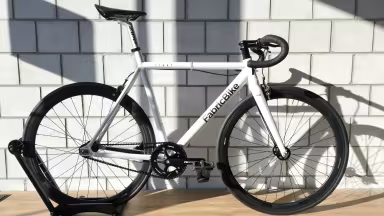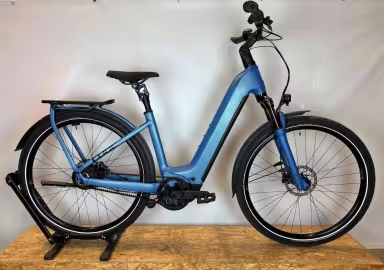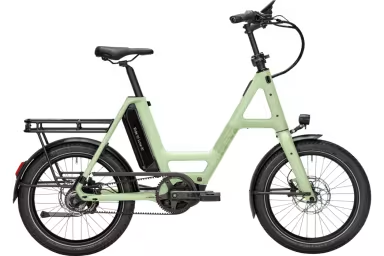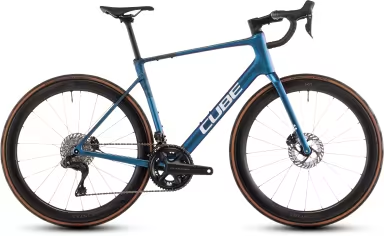Classic Bikes Singlespeed
4 Singlespeeds

Condor Militärvelo

Fabric Light

Cinelli Tutto Plus

Price tour des alpes
Buying advice for: City / Urban: Lifestyle: Singlespeed
Frame material
The frame weight, durability and riding characteristics of a singlespeed bike depend heavily on the frame material chosen. Steel frames are considered classic and popular for singlespeed bikes. They are robust, have a comfortable ride and absorb vibrations well. However, they are also somewhat heavier than other materials. Aluminium frames are lighter than steel frames but still offer good strength. They are often stiff and respond well to acceleration, making them suitable for urban riding and sprinting. Carbon frames are considered extremely light and offer excellent stiffness and responsiveness. However, they are also more expensive than steel or aluminium frames and can be more vulnerable to improper handling or damage. Titanium frames offer excellent durability, are lightweight and have high corrosion resistance. However, they are also expensive and can be difficult to repair if damage occurs.
Suspension
On singlespeed bikes, the chassis or suspension is usually quite basic or even non-existent, especially on city bikes or fixed-gear singlespeed bikes. Many single-speed bikes, especially city bikes, use rigid forks without suspension. These forks are lighter, simpler and require less maintenance than suspension forks. However, they offer very little comfort on uneven surfaces. Nevertheless, some single-speed bikes also have an optional suspension fork. These are primarily suitable for off-road use or for riders with specific comfort requirements. In general, the type of suspension on singlespeed bikes depends heavily on their intended use, the rider's riding style and personal preferences.
Wheels
The wheels on single-speed bikes play an important role in the performance, feel and aesthetics of the bike. The rims should be strong and durable to meet the demands of cycling. Aluminium alloys are commonly used for singlespeed bicycle rims as they offer a good balance between weight, stiffness and durability. The spokes should be tight and correctly tensioned to ensure a stable and reliable wheel construction. Some singlespeed bikes use thicker spokes for added stiffness and durability. Overall, the wheels on singlespeed bikes should be strong, reliable and selected to suit the rider's needs and the bike's intended use.
Tyres
The choice of tyres can have a significant impact on the comfort and riding characteristics of a single-speed bike. Wider tyres with lower pressure can provide more comfort by absorbing shocks and dampening vibrations. Narrower tyres (usually between 23 mm and 32 mm wide) offer less rolling resistance and are ideal for riding on paved roads or in the city. Wider tyres (over 32 mm wide) offer more comfort and grip and are better suited for riding on unpaved or cobblestone roads. For single-speed bikes that are mainly ridden on asphalt roads, tyres with a smooth or slightly profiled tread pattern are common, as they offer low rolling resistance. If the single-speed bike is mainly ridden on uneven surfaces, tyres with a somewhat coarser tread pattern are also suitable.
Brakes
Singlespeed bikes can use different brake configurations, depending on the rider's preferences and the design of the bike. Rim brakes are one of the most common brake types on singlespeed bikes. They include side-pull brakes and linear-pull brakes. Some single-speed bikes are equipped with disc brakes, which can provide effective braking performance in various weather conditions. They are particularly popular in wet or muddy conditions. Singlespeed bikes can also be equipped with a coaster brake. This is a particularly good option for singlespeed bikes with hub gears. However, a combination of different brakes, e.g. a front rim brake and a rear coaster brake or a front disc brake and a rear rim brake, is also a possible choice. These combinations can provide good braking performance while meeting the rider's individual preferences and requirements.
More interesting bikes

Flyer Ts 7.8 Hs

Cube Kathmandu Hybrid Comfort Pro

i:SY Skifly E5 Zr F Grn

